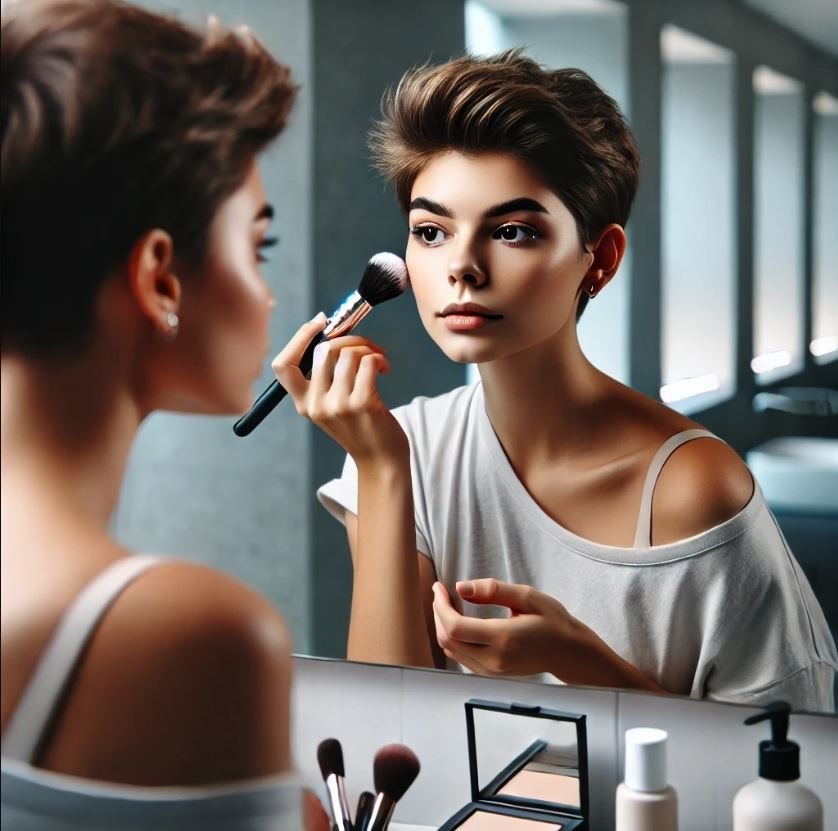
What’s behind the rise of duped makeup products?
Thanks to the explosion of short-form video platforms like TikTok, shopping for dupes (copycat versions of brand-name beauty products) has become not only normal but sometimes proudly displayed.
A new YouGov Surveys: Serviced poll of 1,181 adults shows that 9% of Americans have knowingly bought duped makeup in the last 12 months. Among 18-34 aged consumers, that number jumps to 17%. Adults aged 35 to 54 are also more likely than average to try dupes (12%), while only 2% of those 55 and older say the same.
Why dupes? It starts with price, but it doesn’t end there
People aren’t just buying dupes because they’re cheaper (though 44% do cite lower cost as a reason). Nearly as many (43%) say they believe the quality is close to that of the original. And convenience matters too: 34% say dupes are easy to find, whether online or in local stores.
There’s also a trial-and-error element. About a third of dupe buyers (31%) say they use them to experiment before committing to a full-price product. Personal recommendations, both from friends and influencers, carry some weight as well (28% and 22%, respectively). A smaller group say they turn to dupes because original products are hard to find (19%) or because the copycats themselves are trendy (13%).
Some people don’t know they’re buying dupes until it’s too late
Not all dupe purchases are deliberate. Around 13% of US adults say they’ve unknowingly bought imitation makeup in the past year. That’s more than one in eight shoppers who thought they were getting the real thing.
This group is clear on what brands should do in response. Four in ten (40%) want verifiable batch codes or serial numbers on products. Others would like mobile tools to check authenticity (37%), or clearer educational messaging on how to spot fakes (36%). Some suggest guarantees of authenticity (33%), stricter control over sales channels (32%), or even public lists of verified sellers (31%).
What the data tells us
Beauty dupes are no longer fringe behavior. They’re a part of how younger consumers shop, share, and experiment with makeup. For brands, that means navigating a landscape where quality, price, and transparency all play a role. For consumers, it reflects a new kind of confidence: one where buying a copycat isn’t about being fooled, it’s sometimes about making a choice.
Methodology: YouGov Surveys: Serviced provide quick survey results from nationally representative or targeted audiences in multiple markets. This study was conducted online on March 21-24, 2025, with a nationally representative sample of 1,181 adults (aged 18+ years) in the US, using a questionnaire designed by YouGov. Data figures have been weighted by age, race, gender, education, and region to be representative of all adults in the US (18 years or older), and reflect the latest population estimates from the Census Bureau’s American Community Survey.